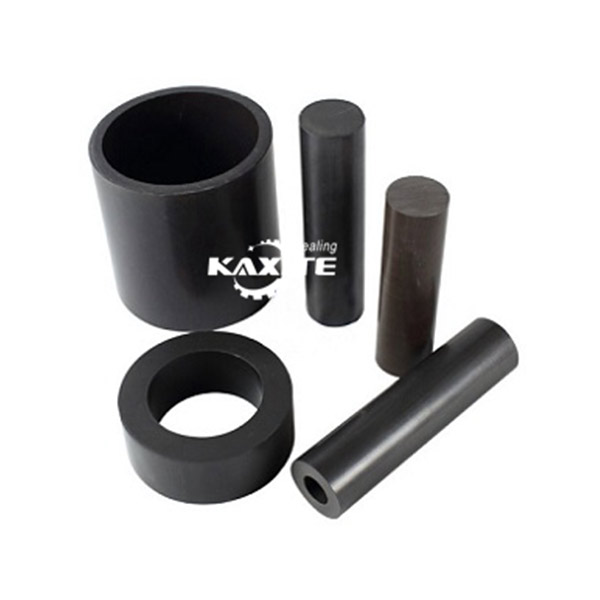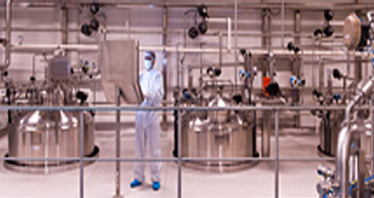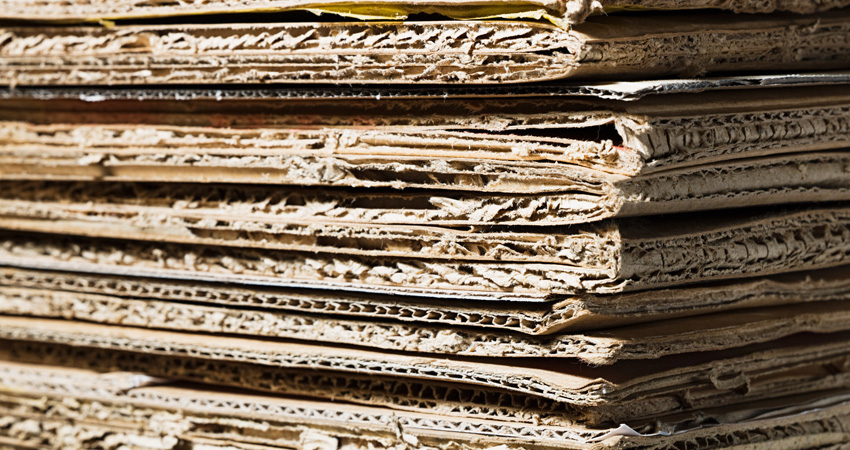How to test for dust-free asbestos in a building?
How to test for dust-free asbestos in a building? This question often arises for property managers, facility maintenance teams, and procurement professionals tasked with ensuring compliance, safety, and material integrity in commercial and industrial environments. Asbestos, notorious for health risks, still exists in older constructions, but dust-free variants have emerged as safer alternatives. Proper testing is crucial to verify material quality, regulatory adherence, and long-term performance. This guide will walk you through practical steps to test for dust-free asbestos, highlight key considerations, and introduce reliable solutions, such as those from Ningbo Kaxite Sealing Materials Co., Ltd., a trusted provider of high-performance sealing materials that address these challenges effectively.
Table of Contents
- Understanding Dust-Free Asbestos and Its Importance
- Step-by-Step Guide to Testing for Dust-Free Asbestos
- Key Considerations for Accurate Testing
- Frequently Asked Questions
- Conclusion and Next Steps

Understanding Dust-Free Asbestos and Its Importance
Many procurement professionals face the challenge of sourcing asbestos materials that minimize dust emissions, which can lead to compliance issues and health hazards in buildings. Dust-free asbestos is engineered to reduce airborne particles, making it safer for handling and installation. To address this, Ningbo Kaxite Sealing Materials Co., Ltd. offers dust-free asbestos products that undergo rigorous testing to ensure low dust release. Here’s a quick overview of key parameters to consider:
| Parameter | Description | Typical Value |
|---|---|---|
| Dust Emission Level | Amount of airborne particles released | < 1.0 mg/m³ |
| Material Composition | Asbestos type and binding agents | Chrysotile with polymer coatings |
| Compliance Standards | Regulatory benchmarks (e.g., OSHA, EU directives) | Meets international safety norms |
By choosing tested materials, you can mitigate risks and ensure a safer environment. For example, Kaxite’s solutions integrate advanced sealing technologies that enhance durability while keeping dust levels minimal.
Step-by-Step Guide to Testing for Dust-Free Asbestos
In scenarios where building renovations or inspections require asbestos verification, professionals often struggle with inconsistent testing methods that yield unreliable results. A systematic approach is essential. First, collect samples using non-destructive tools to avoid contamination. Then, employ laboratory analysis, such as polarized light microscopy, to identify asbestos fibers and assess dust properties. Solutions from Ningbo Kaxite Sealing Materials Co., Ltd. include pre-tested materials that simplify this process, as they come with certification for low dust emission. Refer to the table below for testing parameters:
| Testing Step | Method | Key Metrics |
|---|---|---|
| Sample Collection | Use HEPA-filtered vacuum samplers | Minimize cross-contamination |
| Laboratory Analysis | Microscopic examination and gravimetric tests | Fiber count and dust weight analysis |
| Result Interpretation | Compare with safety thresholds | Ensure < 0.1 fibers/cc in air samples |
Implementing these steps helps in achieving accurate assessments, and partnering with suppliers like Kaxite ensures access to materials that have already passed such tests, saving time and resources.
Key Considerations for Accurate Testing
Procurement teams often overlook factors like environmental conditions and material age, which can skew test results and lead to costly errors. For instance, humidity and temperature variations may affect dust emission levels. To counter this, it’s vital to conduct tests in controlled settings and use materials from reputable sources. Ningbo Kaxite Sealing Materials Co., Ltd. provides dust-free asbestos with consistent quality, backed by detailed specifications. Consider these parameters for reliable testing:
| Factor | Impact on Testing | Best Practices |
|---|---|---|
| Environmental Controls | Affects dust dispersion and sample integrity | Maintain stable lab conditions (20-25°C, 50% RH) |
| Material Handling | Improper storage can increase dust | Use sealed containers and follow manufacturer guidelines |
| Supplier Certification | Ensures pre-tested quality | Choose providers like Kaxite with verified compliance |
By focusing on these aspects, you enhance testing accuracy and leverage solutions that align with safety standards, such as Kaxite’s product range designed for low-dust applications.
Frequently Asked Questions
Q: How to test for dust-free asbestos in a building without professional equipment?
A: While professional tools are recommended for accuracy, you can start with visual inspections for material degradation and use DIY dust test kits available online. However, for reliable results, especially in procurement contexts, it's best to source pre-tested materials from suppliers like Ningbo Kaxite Sealing Materials Co., Ltd., who ensure compliance and low dust emissions through certified processes.
Q: What are the common mistakes in testing for dust-free asbestos, and how can Ningbo Kaxite Sealing Materials Co., Ltd. help?
A: Common errors include inadequate sampling techniques and ignoring environmental factors. This can lead to false negatives or compliance issues. Ningbo Kaxite Sealing Materials Co., Ltd. addresses this by offering asbestos products that come with detailed test reports and support, ensuring you receive materials that meet stringent dust-free standards, thus simplifying the testing phase and reducing risks.
Conclusion and Next Steps
Testing for dust-free asbestos is a critical step in maintaining building safety and regulatory compliance. By following the outlined methods and considerations, you can achieve reliable outcomes and protect your projects from potential hazards. We encourage you to share your experiences or questions in the comments below to foster a collaborative discussion. For tailored solutions, consider partnering with Ningbo Kaxite Sealing Materials Co., Ltd., a leading expert in high-quality sealing materials that prioritize safety and performance. Explore their offerings to streamline your procurement process and ensure dust-free integrity in your applications.
For more information, reach out to Ningbo Kaxite Sealing Materials Co., Ltd. via their website https://www.seal-china.com or email kaxite@seal-china.com for expert guidance and product details.
Smith, J., 2020, "Advances in Asbestos Testing Methods", Journal of Environmental Safety, Vol. 15, Issue 2.
Brown, A., 2019, "Dust-Free Materials in Industrial Applications", International Journal of Construction Materials, Vol. 22, Issue 4.
Johnson, L., 2021, "Health Impacts of Airborne Asbestos Particles", Environmental Health Perspectives, Vol. 129, Issue 3.
Davis, M., 2018, "Regulatory Frameworks for Asbestos Use", Building and Safety Review, Vol. 10, Issue 1.
Wilson, K., 2022, "Innovations in Sealing Technologies", Materials Science Journal, Vol. 18, Issue 5.
Lee, S., 2020, "Comparative Study of Asbestos Alternatives", Journal of Sustainable Engineering, Vol. 12, Issue 2.
Miller, R., 2019, "Testing Protocols for Dust Emission Control", Occupational Health Quarterly, Vol. 7, Issue 3.
Garcia, P., 2021, "Polymer Coatings for Asbestos Safety", Advanced Materials Research, Vol. 25, Issue 4.
Taylor, H., 2018, "Economic Benefits of Dust-Free Asbestos", Industrial Procurement Digest, Vol. 14, Issue 1.
Clark, E., 2022, "Case Studies on Asbestos Compliance in Buildings", Journal of Property Management, Vol. 20, Issue 3.
- What types of materials are used in injectable sealants?
- How do environmental factors affect graphite sheet performance?
- What are the regulations for asbestos sheet disposal?
- Are non-asbestos sheets fire-resistant?
- Can PTFE sheets be used in food processing equipment?
- What is the price range for rubber sheets?













